#trypanosomiasis
Explore tagged Tumblr posts
Text

African trypanosomiasis
“Trypanosoma forms in blood smear from patient with African trypanosomiasis.” - via Wikimedia Commons
#wikipedia#wikipedia pictures#wikimedia commons#trypanosomiasis#african sleeping sickness#african trypanosomiasis#infectious diseases#parasites#parasitology#trypanosoma#Trypanosoma brucei#medicine#diagnostics#blood smear#thin blood smear#kinetoplastids#eukaryotes#parasitic infection
22 notes
·
View notes
Text
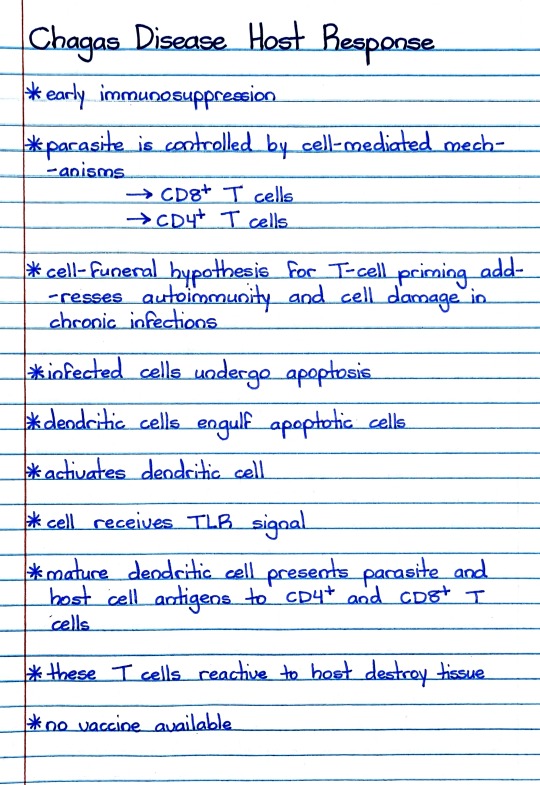
Patreon
#studyblr#notes#medblr#medical notes#med notes#parasitology#parasitology notes#human parasitology#human parasitology notes#immunology#immunology notes#chagas disease#dendritic cells#antigens#t cells#apoptosis#chronic chagas disease#american trypanosomiasis#trypanosomes#trypanosomiasis#tlr signal#cell funeral hypothesis
10 notes
·
View notes
Text

Some of the most common neurological disorders include:
Stroke: A stroke is a sudden loss of brain function caused by a blood clot or bleeding in the brain.
Multiple sclerosis: Multiple sclerosis is a chronic disease that affects the central nervous system. It is characterized by inflammation and damage to the myelin sheath, which is a protective layer that surrounds nerve fibers.
Visit: https://symbiosisonlinepublishing.com/neurology/
#symbiosisonlinepublishing#researchstudy#research#openaccess#peerreview#pubmed#journal#journals#trypanosomiasis#encephalitis#meningitis#myastheniagravis#myopathies#melancholy#bipolardisorder#parkinsonsresearch#parkinsons#parkinsonsdisease#alzheimers#Schizophrenia#epilepsy#spinalcord#centralnervoussystem#peripheralnervoussystem#peripheralneuropathy#neurologicaldisease#neurologia#neurologicaldisorder#neurologist#neurological
2 notes
·
View notes
Text

Child suffering from trypanosomiasis
French vintage postcard
#briefkaart#photography#vintage#tarjeta#postkaart#french#postal#photo#suffering#postcard#historic#carte postale#trypanosomiasis#ephemera#sepia#child#ansichtskarte#postkarte
1 note
·
View note
Text

ICD-10 code B56.9 for African trypanosomiasis, unspecified is a medical classification as listed by WHO under the range - Certain infectious and parasitic diseases .
For more details:
🌐 www.transorze.com
☎️ 9495833319
0 notes
Text

ICD-10 code B56.9 for African trypanosomiasis, unspecified is a medical classification as listed by WHO under the range - Certain infectious and parasitic diseases .
For more details:
🌐 www.transorze.com
☎️ 9495833319
0 notes
Video
tumblr
An infectious disease caused by a parasite found in the faeces of the triatomine bug.
#american#trypanosomiasis#americantrypanosomiasis#Mexico#triatominebug#heartfailure#Chagas#Cardiologist#Drugcarts#onlinepharmacy#pharmacy#medicine#healthcare#doctors
0 notes
Video
youtube
Advances and challenges in the fight against Chagas disease
#youtube#Chagas Disease Awareness Hub! This channel is dedicated to educating the world about Chagas Disease (American Trypanosomiasis) a neglected t
0 notes
Text
VARIOUS TENDER NOTICE KENTTEC SEPTEMBER 2024
KENYA TSETSE AND TRYPANOSOMIASIS ERADICATION COUNCIL TENDER SEPTEMBER 2024 TENDER NOTICE The Kenya Tsetse and Trypanosomiasis Eradication Council (KENTTEC) was established via legal Notice No. 77 of 27th July 2012 under the State Corporations Act Cap 446. It is mandated to be the Government agency on strategies, resource mobilization, linkages and coordination of tsetse and Trypanosomiasis…
#KENYA TSETSE AND TRYPANOSOMIASIS ERADICATION COUNCIL TENDER SEPTEMBER 2024#VARIOUS TENDER NOTICE KENTTEC SEPTEMBER 2024
0 notes
Text
TransAfricanSleepingSickness / TransHAT
(HAT = Human African Trypanosomiasis)

A TransID for those who identify as having HAT. Can also be used as a CisID, TrisID, or any other type of identity.
Part of the NTD collection.
#transid#transid please interact#transid community#transid coining#transid safe#radqueers please interact#transhat#pro radq#rq coining#radqueer safe#pro radqueer#radqueer community#radqueer#pro rq 🌈🍓#rq#rqc🌈🍓#rq community#rq safe#rq 🌈🍓#rq interact#rq please interact#radq interact#radq please interact#radq safe#radqueer 🌈🍓#rqc 🌈🍓#pro rqc
20 notes
·
View notes
Note
Do you have any cultural/historical influences you draw on when worldbuilding?
This is a great question, and I'm afraid I can't point towards anything too specific. There are two main reasons for this:
The worldbuilding for Kalandakar exist mainly so I can do humorous drawings that reflect my own experiences with, for example, academia. Albeit in a roundabout and cartoony manner.
I wish for the concepts to be broad strokes and not inspired too closely by any one historical epoch or event. Mostly because I don't trust myself to write historical analogues with the nuance and sensetivity this deserves.
The backdrop of the Jar-Lorego storyline deals with topics such as classism, social inequality, colonialism and the clash of cultures at different levels of technological advancement. I haven't touched too closely upon this, but one of my goals is to write the meeting between stand-ins for indeginous cultures and colonial powers that doesn't result in assimilation or genocide.
My main goal, however, is still to develop these characters and their world, and just... see what happens.
Fadesi science and technology in the region is approximately at the level of Medieval Islam. I.e. Ma-Vireva would have access to steel, hydraulics and indoor plumbing, paper and bookbinding, sophisticated mathematics, navigation and astronomy, as well as a fledgling medical field with herbal drugs and rudimentary surgery. As of yet, there is no germ theory, steam power, electricity or firearms.
To kick of the storyline (Adreas being dumped in the desert), I have drawn inspiration from African trypanosomiasis throughout history. As well as the "white spot" phenomenon on 19th century maps.
See, unbeknownst to Adreas, there is a mysterious disease preventing the Fadesi from advancing into the Jar-Lorego, one which doesn't seem to affect the other two sophonts. After several research missions fail horribly (i.e. everyone dies), they send a Tenel and a Moskuan as a last ditch effort and/or for shits and giggles.
Regardless of the outcome, the university considers this a a win-win; either they'll be rid of the thorn in their side that is Adreas, or they'll have more information on the vast and unexplored desert. That is until Adreas starts putting together the pieces of the greater circumstances, and realize he can utilize this against the Fadesi to benefit Tenel and Moskuan society.
29 notes
·
View notes
Text
Magic Bullets: The Antibiotic Story
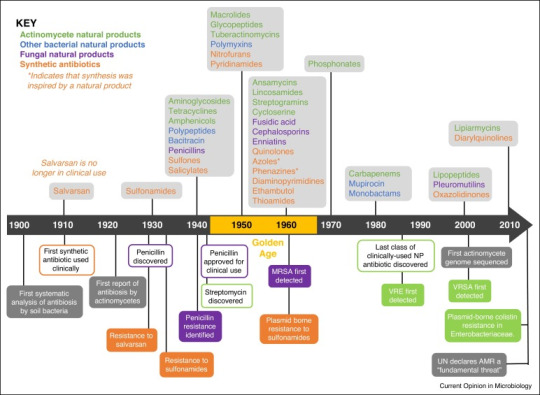
The year was 1907 and a Dr. Alfred Bertheim was trying to make arsenic less toxic to humans.
Why? Because in addition to killing humans, arsenic also kills trypanosomes- single-celled protozoa that cause the life-threatening infection trypanosomiasis. By creating a version of arsenic that still killed the protozoa, but not the human they infected, Dr. Bertheim could create a drug to treat the disease*.
This was not a fully new idea. About 50 years earlier, a drug called Atoxyl had been created in France. About 40 times less toxic than pure arsenic, it had been shown to not only successfully treat trypanosomiasis, but also the equally devastating syphilis infection.
But 40 times less toxic than pure arsenic is still not great. About 2% of people treated even one time with the drug ended up blind, among a myriad of other side effects. It was a start, but not ideal.
And Dr. Bertheim (under the direction of better-known Dr. Paul Ehrlich) was setting out to change that.
And it just so happened that the sixth compound from the sixth group he tried did so. Known as "compound 606", the new Arsphenamine could treat trypanosomiasis, relapsing fever, and syphilis very effectively- and it didn't leave its takers dead or blind.
Most of the time, at least. See, arsphenamine, also known by the brand name salvarsan, was a pain in the ass to administer. It had to be dissolved in several hundred mililiters of water under a nitrogen atmosphere to prepare it for administration. If it touched air, it would rapidly react, causing toxic byproducts that could cause liver failure, severe skin rashes, and even death.
But both trypanosomiasis and syphilis were definitely going to kill you, so it was worth the risk.
And the seed had been planted, so to say. The idea of a chemical able to kill infection-causing agents without killing the host was a true possibility for the future of medicine.
And by 1912, Neosalvarsan, a drug somewhat less effective -but far easier to administer and with significantly fewer side effects- was on the market. Over the next decade, Neosalvarsan would be responsible for a massive drop in syphilis cases worldwide.
But neither of the drugs could treat deadly infections from staph or strep or the hundreds of other bacterial or viral infections that still had no cure in the 1910's and 1920's.
Then came the first of the heavy-hitters. Bayer was a dye company when it started, and in 1932, three and a half decades after switching mostly to pharmaceuticals, chemists at Bayer were testing the company's dyes for anti-infective properties. They went through thousands of trials, finally finding a dye that could kill streptococcal bacteria without killing a mouse host.
Pre-1930s, streptococcal disease was a major problem. It caused strep throat, cellulitis, scarlet fever, childbed (purpural) fever, some forms of toxic shock syndrome, impetigo, necrotizing fasciitis, rheumatic fever, and many others. The skin infections may have been at least somewhat treatable with a hot compress, but the rest were prone to cause blindness, deafness, loss of limbs, and for many, loss of life.
In 1936, sulfonamide antibiotics changed that. Protosil, the first of the sulfonamides, became available to treat many of the infections listed above. These would be used for wound infections throughout WWII. Unfortunately, they would also cause the untimely death of nearly 100 people via the Elixer Sulfanilamide tragedy.
Sulfanilamide was a similar drug to Prontosil and was safe and effective for treating strep infections. However, when mixed with diethylene glycol (now used as standard car antifreeze) to make it into a liquid suspension, it was deadly. See this letter from a doctor who had prescribed the liquid form of the medication, not knowing it was poison:

[to read more about the Elixer Sulfanilamide Disaster, see here]
Despite the sulfanilamide tragedy, the race was on for more antibiotics. Three years before they went on the market, researchers had found evidence of bacterial resistance to sulfonamides. What would happen when these new bacteria, that didn't die when exposed to the new wonder drug, made up so much of the bacterial population?
In 1942, the Cocoanut Grove fire in Boston caused over 492 deaths and 130 injuries. The injured were among the first to receive a remarkable new drug called penicillin. The fire and the fate of the victims were publicized throughout the world, and penicillin became a household name overnight. But once again, even before it went on the market in 1943, just in time for the end of the Second World War, there was evidence of resistance.
But fortunately, the fire had been sparked. Over the next 30 years, many dozens of antibiotics would come into clinical use. If you've taken it, it probably came out between 1940 and 1970. Tetracycline, isoniazid, metronidazole, ciprofloxacin, erythromycin, vancomycin, amoxicillin, and dozens more you've never heard of.
And then? Nothing.
Well, not completely nothing, there were a couple that came out in the 1980s and a few in the early 2000s. But nothing like that 30-year golden age.
But now we're running into problems due to drug resistance. About 1.27 million people die annually directly from antibiotic resistant infection, while antibiotic resistance contributes to about 4.95 million more deaths.
The good news is that the drugs that are being made today are directly targeting those antibiotic resistant infections. In fact, as I'm writing this, a new drug (Zosurabalpin) is being tested for a bacteria called Carbapenem-resistant Acinetobacter baumannii, which up until now has had no antibiotic that works against it.
*as you may imagine for the time period, this was not necessarily a benevolent act. See, most of the reason Europeans wanted to treat trypanosomiasis in the first place was because they kept dying of it when they went to colonize Africa. And they wanted something that would give them a leg up on the people who were already there.
106 notes
·
View notes
Text
More thoughts about Doctor Odyssey, medical edition:
I know the show writers are not aiming for medical accuracy. I'm not watching it for medical accuracy. I can totally go along with hand waiting to a certain extent.
But c'mon. If you're going to use a disease for plot purposes, use it well.
Nurse Hot Guy's mother has Huntington's? (Sorry, tv, I have a hard time remembering character's names if you don't give me a good reason to remember.) Maybe have a little discussion about how Huntington's is a neurological disorder with symptoms that can include not only bad handwriting, but also erratic behavior, disinhibition, impulsivity, emotional instability, impaired judgment, and "jocularity" or good humor in situations where it seems inappropriate. Hmmm ... Does any of this sound like his mother?
But wait! Hasn't his mother always been a terrible mother? Can her behavior actually be attributed to Huntington's disease? Well, that's hard to say. Deterioration of the brain cells can start as early as childhood, and continue for decades before physical symptoms, like handwriting changes, develop. Psychological symptoms can occur that friends, relatives, and medical professionals who don't have access to a thorough medical history or genetic profile may incorrectly attribute to something else, like personality or a nonneurological psychiatric disorder.
Even if her behavior during his childhood was not related to Huntington's, it's possible that her current behavior is. She may have been absolutely sincere about changing her behavior, but then immediately forgotten that she made that promise or been neurologically incapable of delivering on it.
It's absolutely wild to me that no one even mentioned the possibility of the disease shaping her behavior. Nope. Instead of having our character find a cold sort of comfort in that possibility, let him instead come to the "mature" understanding that she is just an unloving mother who doesn't care enough to reform.
Also ... Huntington's is a dominant genetic disorder. If her grandfather had it and she had it, the parent who is the child of the grandfather should also have had it. If the parent didn't have it, it's because they died before it was obvious that symptoms were developing. Wild there weren't two lines of dialogue to address this.
But even more wild is that neither Doctor Hot Guy nor Nurse Practitioner Aves (whose name I remember because it has to do with birds) talk to Nurse Hot Guy about whether or not he wants to get genetic testing to see whether or not he has it ... Especially in the later episode when he talks about having SIX KIDS, statistically half of whom would be likely to inherit Huntington's if he has it.
Did I mention Huntington's tends toward greater severity (earlier onset, more expensive damage) with every generation? That severity might not be noticeable over just one or two generations, but still ... YOU CAN'T USE HUNTINGTON'S AS A TOSS AWAY DISEASE IF THE CHARACTER WHO HAS IT IS THE PARENT OF ONE OF THE MAIN CHARACTERS IN THE SHOW. IT HAS TO COME UP AGAIN. IT HAS TO.
Nurse Hot Guy displaying peculiar psychological symptoms during Halloween episode? His coworkers would at least *wonder* about Huntington's. Nurse Hot Guy says he wants six kids? His coworkers ... Oh yeah I already beat that one to death.
I will excuse the ridiculously quick healing times for burns and syphilitic rashes. I will not excuse the ridiculously quick healing time for African trypanosomiasis, but I can choose to overlook it. Why? Because none of them involved a main character.
But this is just bad writing. If you pick a disease that could have important plot consequences, use it for that. If you don't want to, pick a different disease.
(I'm assuming there's already a lot of fanfic out there working to fill this plot hole. Am I right?)
#dr odyssey#doctor odyssey#huntingtons disease#obviously this is not going to be a post about how great Doctor Odyssey is at depicting medical science#I'm not watching it to learn about medicine
4 notes
·
View notes
Text

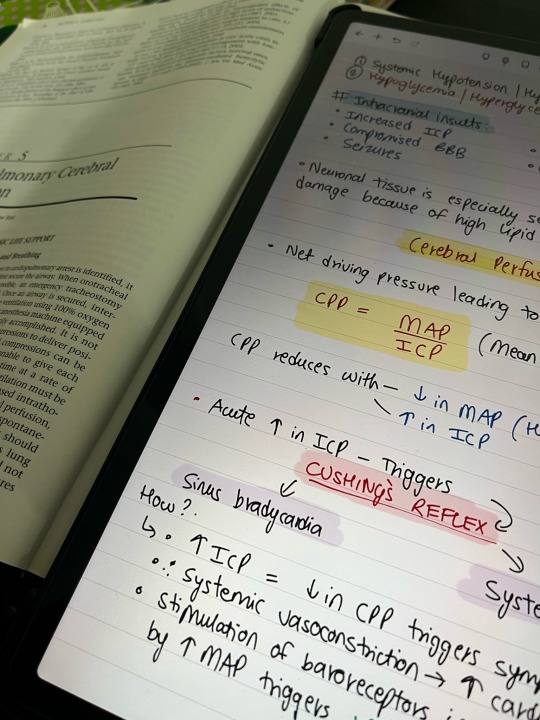
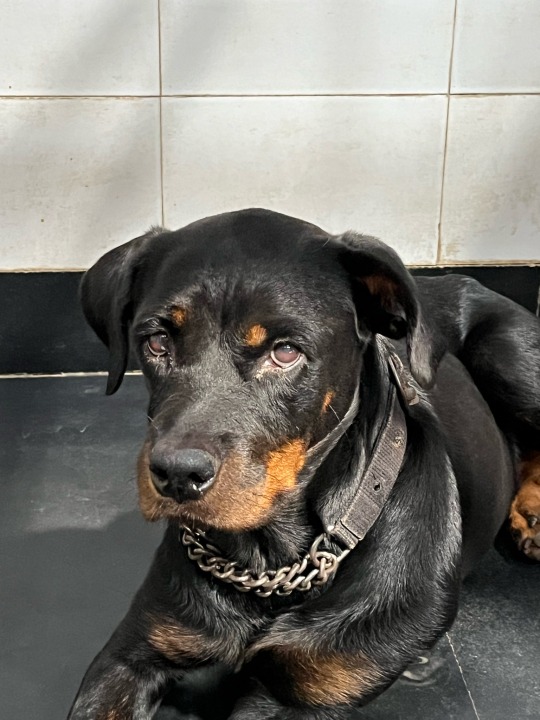
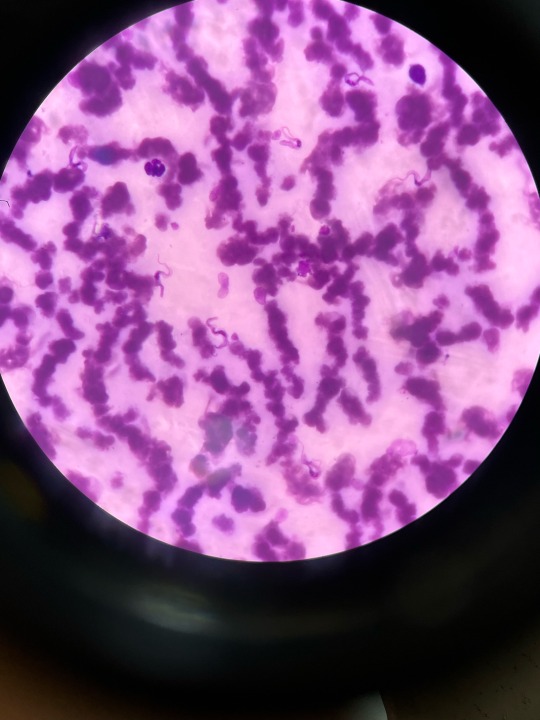


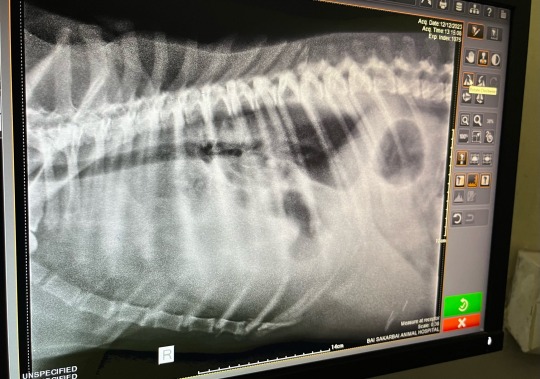

December update
I passed my first semester! 📝 Went to the movies quite a lot this month. Im always in awe of the beautiful architecture in the south of this city. 🌆 The number of rottweilers 🐕 we get at the hospital with trypanosomiasis 🪱 is getting concerning now. We had this poor dog with right atrial enlargement and in CHF 🫀and A fib with a HR of 240. The owners declined further diagnostics/ interventions and signed up for a euth.
Subjects i have for II Semester:
Ruminant Clinical Medicine Pt. 2
Emergency medicine
Swine Clinical Medicine
Production Diseases
#vet student#vetmed#vet studyblr#veterinary student#vet school#vetblr#veterinary#studyblr#vet stuff#veterinary medicine#studystudystudy#study desk#study notes#study space#study blog#studying#study aesthetic#studyinspo#study motivation#veterinary hospital#dogs#coffee cup#starbucks#cold coffee#frappuccino#christmas#university
30 notes
·
View notes
Text
3 notes
·
View notes
Text
No one told you this but Bruce got Human African trypanosomiasis/African sleeping sickness from a tsetse fly bite. Nobody noticed untill it was too late because the main symptom is circadian rhythm disruption and his sleep schedule was already fucked up. And he died. Like six years ago yeah. Everybody just thought it was too awkward to tell you.
6 notes
·
View notes